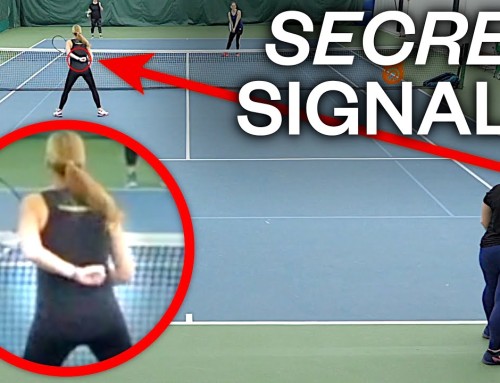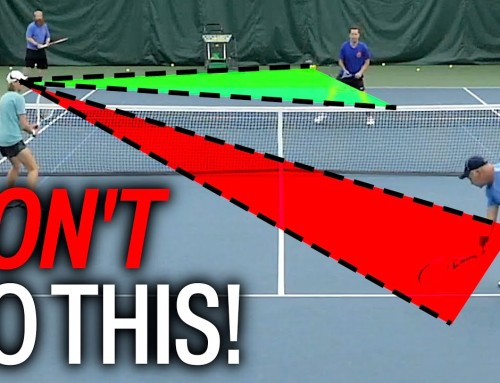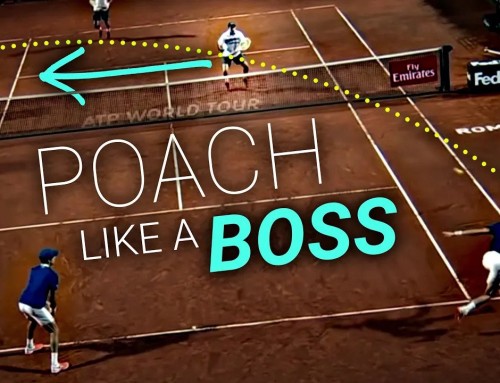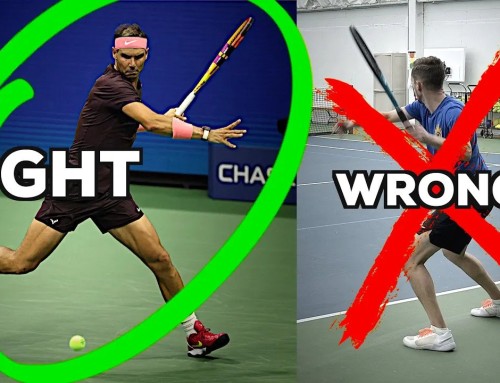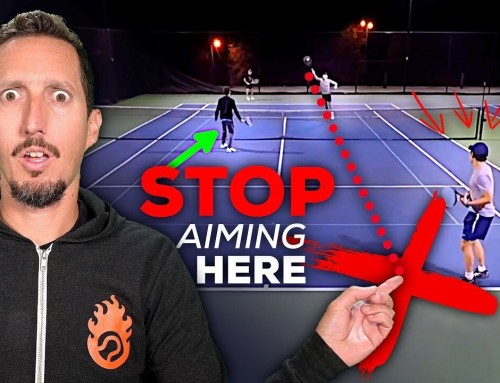When is the right time to poach when you’re playing doubles? That is the topic of today’s video tennis lesson!
I’ve many times heard it suggested that you should make your move on the poach when your partner’s serve hit’s the service box. I’m definitely not a fan of that and in the video above I’ll explain why.
Want to learn how to be a doubles master while spending a long weekend at a luxurious resort? Our first ever “VIP Doubles Domination Experience” is open for applications now. Join the whole Essential Tennis team in sunny San Diego this fall: Click Here!
As always, thanks for watching 🙂



